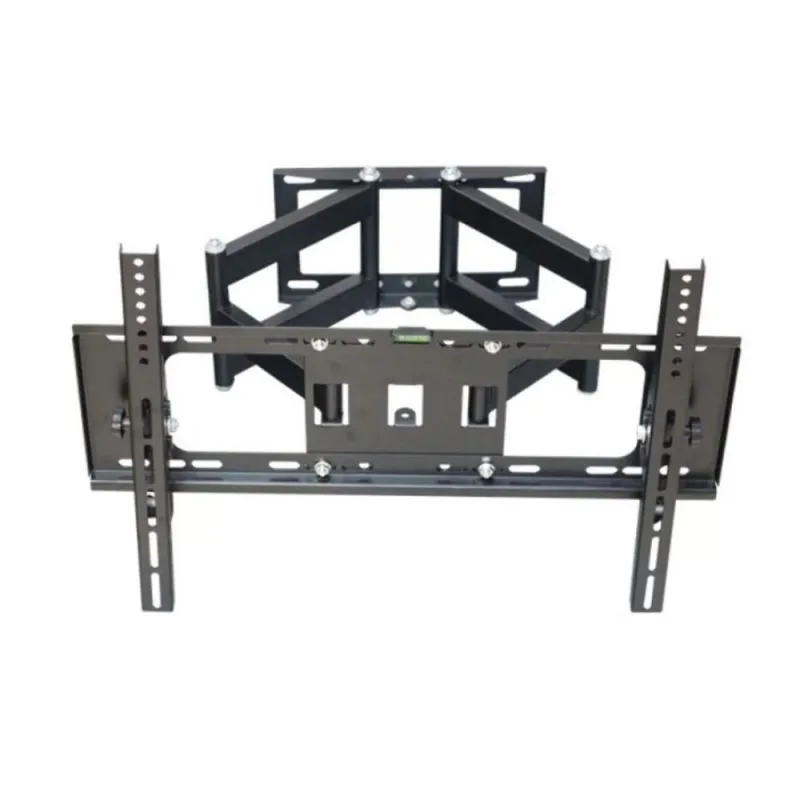- English
- Español
- Português
- русский
- Français
- 日本語
- Deutsch
- tiếng Việt
- Italiano
- Nederlands
- ภาษาไทย
- Polski
- 한국어
- Svenska
- magyar
- Malay
- বাংলা ভাষার
- Dansk
- Suomi
- हिन्दी
- Pilipino
- Türkçe
- Gaeilge
- العربية
- Indonesia
- Norsk
- تمل
- český
- ελληνικά
- український
- Javanese
- فارسی
- தமிழ்
- తెలుగు
- नेपाली
- Burmese
- български
- ລາວ
- Latine
- Қазақша
- Euskal
- Azərbaycan
- Slovenský jazyk
- Македонски
- Lietuvos
- Eesti Keel
- Română
- Slovenski
How to accurately determine the time position of laser cutting in the sheet metal manufacturing process?
2024-09-21
As time goes by, processing and manufacturing companies are increasingly inclined to use sheet metal processing technology to replace traditional metal stamping and die-casting technologies. One of the obvious reasons is that sheet metal processing does not require the development of molds, which provides processing companies with faster processing speeds, thereby greatly improving production efficiency and capacity. At the same time, sheet metal processing has a high technical content, with a wide variety of parts, complex structures, and different shapes, so sheet metal workers have become indispensable talents in many industries.

Among the sheet metal processing products produced by the company, its market unit price has obvious advantages. With the improvement of the country's economic development level, people's requirements for quality of life have gradually increased, which has led to the rapid development of the sheet metal industry. In the hardware processing and production process, the continuous increase in labor costs has brought huge pressure to enterprises. How to break through this dilemma has become a major challenge faced by business operators. The adoption of new laser cutting technology is undoubtedly a very effective labor saving method.
Compared with mechanical cutting, the laser cutting method often used by sheet metal factories has higher accuracy, faster cutting speed and higher work efficiency. Laser cutting is mainly used in the surface treatment of metal plates and some non-metallic plates, such as the production of automobile bodies, aircraft fuselages, etc. In the laser cutting process, the laser beam operates like this: During the manufacturing stage, the material is pitted by the laser, and then these pits gradually deepen to form tiny holes. Therefore, laser cutting machines are often used in the sheet metal processing industry. In sheet metal processing plants, laser-cut holes have many similarities with wire-cut holes. When the laser beam starts contour cutting from this hole, its moving direction is usually perpendicular to the tangential direction of the part being processed. Therefore, operators need to pay close attention to the direction of the beam and ensure that the cutting process is continuous to avoid sudden jumps from one position to another, which may cause many small holes to appear during the cutting process, thus affecting the overall cutting quality.
Laser cutting technology has strict operating guidelines and processes, and is connected with the software to form a human-computer interaction interface. Users only need to set relevant parameters, and the system can automatically determine the puncture point and perform cutting operations in the preset direction. Its cutting accuracy far exceeds manual cutting.



